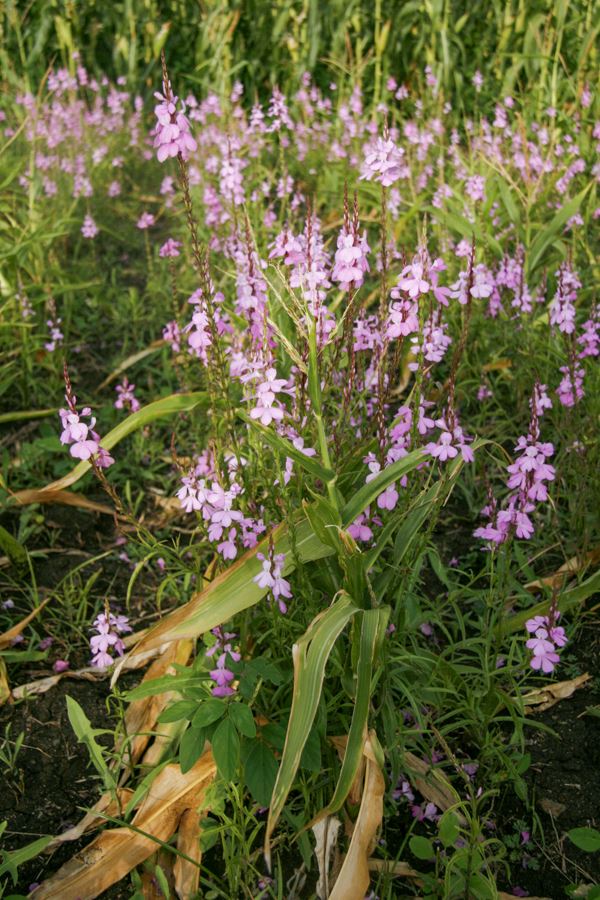Mixed cropping is one of the strategies proposed for weed control, with potential to increase crop yield. However, there is a knowledge gap about the overall effect of mixed cropping on weeds and crop yield, and the conditions during which the system is likely to deliver a win-win solution. We conducted separate meta-analyses on 446 data points (227 on weed density, 98 on weed biomass and 225 on crop yield) from 38 different papers meeting the selection criteria. Across all studies, mixed cropping strongly reduced weeds but this did not translate into increased crop yield. We tested if type of companion crop used in trials, whether trials were conducted in temperate or tropical regions and if companion crops were arranged as intercrops of companion crops moderated the effects of mixed cropping. Both weeds and crop yield were strongly affected by type of companion crop with a large reduction in weed density and an accompanying large increase in crop yield evident when desmodium was used as a companion plant against striga-weeds. Furthermore, even though companion plants that were non-legumes reduced weeds more strongly than legumes other than desmodium, in contrast to legumes, they tended to be associated with reduced crop yield. The effects of mixed cropping on weed biomass were stronger in trials conducted in tropical compared to temperate regions. Differences in results of mixed cropping with desmodium, other legumes and non-legumes suggest that additional environmental benefits of the companion crop, and the knowledge of specific weed flora are critical for creating a win-win solution in mixed cropping systems.
Authors: Shem Kuyah, Charles Midega & Mattias Jonsson
Contact address: kuyashem@gmail.com
Institution: Jomo Kenyatta University of Agriculture and Technology, Botany, Nairobi, Kenya
Twitter name of the institution: @DiscoverJKUAT
Twitter link: https://twitter.com/DiscoverJKUAT
Available downloads:
Effects of mixed cropping on weeds and crop yield – a meta-analysis


